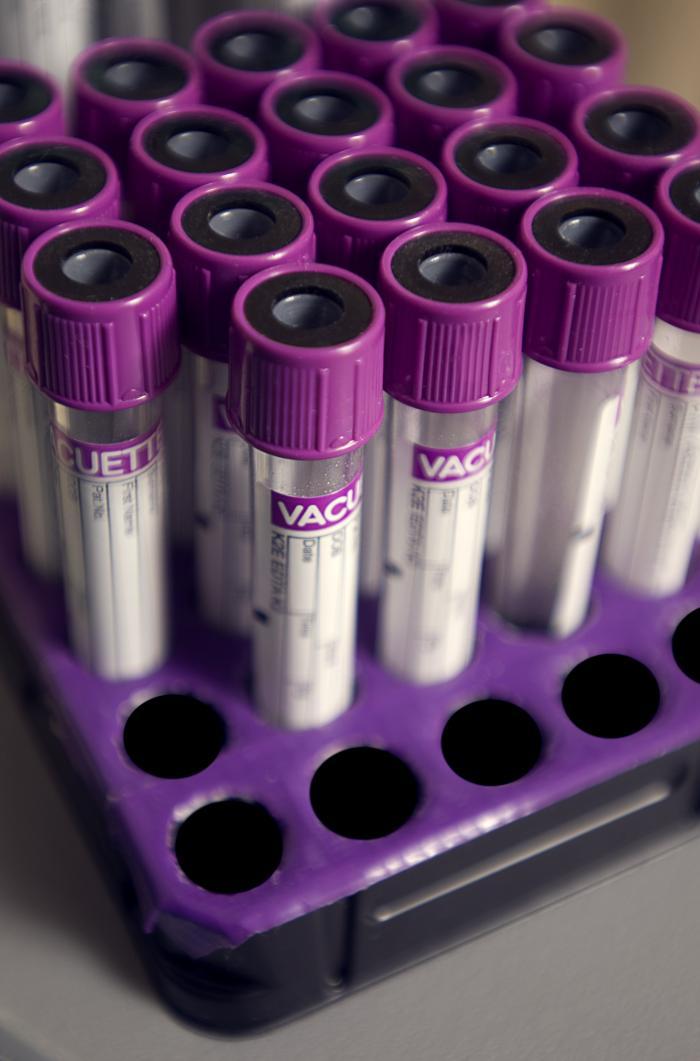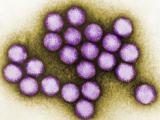Despite a 2013 recommendation from the US Preventive Services Task force that all baby boomers be tested for hepatitis C virus (HCV), testing levels in the 2 years that followed the advice remained very low, researchers reported today.
And a Veterans Affairs (VA) analysis highlights more effective and well-tolerated treatment options.
Testing still underused
About 3.5 million people in the United States, most of them born between 1945 and 1965, are thought to have chronic HCV infection, which can lead to related diseases such as chronic hepatitis, cirrhosis, and liver cancer. Early identification can lead to treatments to reduce the risk. Researchers published their findings on testing trends in the American Journal of Preventive Medicine.
Researchers from the American Cancer Society (ACS) based their findings on responses from 24,000 baby boomers who took part in the National Health Interview Survey. From 2013 to 2015, HCV testing prevalence rose only slightly, from 12.3% to 13.8%. The investigators estimated that of 76.2 million baby boomers in 2015, only 10.5 million reported receiving HCV testing.
People on Medicare, Medicaid, or military insurance had higher HCV testing rates compared with those with private insurance. Testing levels were greater in men and among college graduates.
"These findings underscore the need for increased awareness for HCV testing among healthcare providers and baby boomers and other innovative strategies such as state-mandated HCV testing," the authors concluded.
Impressive cure rates in VA system
The analysis of HCV treatment regimens in the VA health system found that increasing availability of more effective and tolerable medications dramatically transformed care for patients, a research team from Washington state reported today.
The team based its findings on a review of 107,079 HCV treatment regimens that began from 1999 through 2015 within the VA system. The findings were published in the journal Alimentary Pharmacology and Therapeutics.
Cure rates rose steadily, from 19.2% in 1999 to 36% in 2010, which was followed by an even steeper increase, to 90.5%, in 2015. The number of patients who achieved sustained virologic response was 1,313 in 2010, the last year of the interferon era. Patients experiencing sustained response increased 5.6-fold in 2014 and 21-fold in 2015.
Senior author George Ionnou, MD, with the University of Washington and the VA Health System, said in a press release from Wiley, the journal's publisher, "The introduction of effective direct antiviral agents together with the allocation of appropriate funds and resources allowed the VA healthcare system to treat and cure hepatitis C in unprecedented numbers.
"In fact, out of approximately 57,500 patients cured of hepatitis C in the VA since 1999, approximately half were cured in a single year in 2015."
See also:
Mar 8 Am J Prev Med study
Mar 8 ACS press release
Mar 8 Aliment Pharmacol Ther study
Mar 8 Wiley press release





















